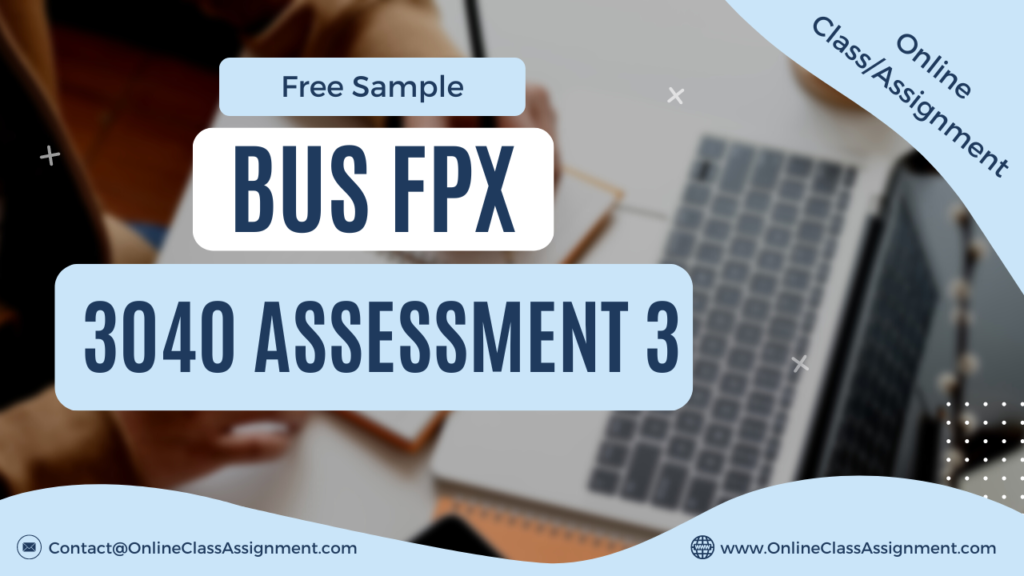BUS FPX 3040 Assessment 3 Retention and Separation

BUS FPX 3040 Assessment 3 Retention and Separation
Student Name
Capella University
BUS-FPX3040 Fundamentals of Human Resource Management
Prof. Name
Date
Memorandum
To: Agency Directors
From: MarShetia Baldwin, HR Director
Subject: Retention and Separation Updates
Retaining and effectively managing the separation of employees are crucial aspects of organizational success in both the short and long term. Retaining top talent not only ensures customer satisfaction but also boosts employee morale and contributes to a robust organizational culture. Conversely, poor retention can result in significant costs and may lead to employee disengagement and eventual departure from the organization. In this memorandum, I will outline the retention, separation, and disciplinary strategies employed by the Alabama Medicaid Agency.
Best Practices in Employee Engagement
One effective strategy for retaining talented employees is providing them with clear career paths within the organization. This demonstrates to employees that they can grow and develop within the organization, reducing the likelihood of them seeking opportunities elsewhere. Succession planning plays a key role in organizational stability by ensuring a pipeline of qualified internal candidates for leadership positions. Additionally, it minimizes the costs associated with recruiting and training external hires.
The Alabama Medicaid Agency also implements a mentorship program for high-performing employees, where senior leaders mentor junior employees, fostering leadership skills and organizational knowledge transfer. A comprehensive succession planning program, coupled with employee engagement best practices, is essential for organizational efficiency and effectiveness.
Employee Engagement Strategies
Employee engagement encompasses various HR functions, including leadership development, organizational culture, and performance management. By focusing on employee engagement, organizations can enhance these areas concurrently, leading to overall improvement in organizational performance. Strategies for boosting employee engagement include aligning employees with the company’s mission, fostering diversity and inclusion, investing in the development of all employees, offering benefits aligned with company values, promoting openness and honesty in communication, and ensuring executive leadership embodies engagement principles.
Employee Separation
Employee separation can occur voluntarily or involuntarily. Involuntary separation typically arises from performance issues or misconduct, while voluntary separation involves employees choosing to leave the organization. Regardless of the type of separation, it is important for employees to provide adequate notice to facilitate a smooth transition. Employers must ensure their policies and procedures comply with relevant state and federal regulations to maintain at-will employment status. Employee handbooks play a crucial role in communicating policies and procedures to employees, reducing the risk of litigation.
BUS FPX 3040 Assessment 3 Retention and Separation
Retention Strategies
Disciplinary action policies are essential for maintaining a productive workforce. Organizations should have clear procedures for addressing policy violations, misconduct, and performance issues. The Alabama Medicaid Agency employs a progressive disciplinary approach, which includes counseling, verbal warnings, written warnings, and ultimately termination if necessary. Consistent application of disciplinary policies is critical to avoid discrimination and litigation issues.
Employee Engagement and Organizational Success
Employee engagement is a key driver of organizational success, influencing factors such as productivity, customer loyalty, and stakeholder value. Despite its importance, many organizations struggle to engage their workforce effectively. To improve engagement levels, employers should focus on building social cohesion, fostering open communication, and ensuring employees feel valued and supported.
References
U.S. Equal Employment Opportunity Commission. (n.d.). Alternative Dispute Resolution (ADR). Retrieved from https://www.eeoc.gov/federal/fed_employees/adr.cfm.
Sheed, M. & Bogardus, A. (2012). PHR/SPHR Professional in Human Resources Certification Study Guide. Fourth edition. Indianapolis, Indiana: John Wiley & Sons, Inc.
Finnegan, R. P. (2009). Rethinking retention in good times and bad: Strategies and tactics for keeping your best people. Boston, MA: Nicholas Brealey. Retrieved from https://books.google.com/books/about/Rethinking_Retention_in_Good_Times_and_B.ht ml?id=HqfKBgAAQBAJ&printsec=frontcover&source=kp_read_button#v=onepage&q&f=false.
Gallup, Inc. (2017). State of the American Workplace. Retrieved from https://news.gallup.com/reports/199961/7.aspx.
BUS FPX 3040 Assessment 3 Retention and Separation
Get Capella University Free Business Samples
BUS FPX 3007
BUS FPX 3011
BUS FPX 3021
BUS FPX 3022
BUS FPX 3030
BUS FPX 3040
- BUS FPX 3040 Assessment 6 Labor Relations Recommendations
- BUS FPX 3040 Assessment 5 Employment Law
- BUS FPX 3040 Assessment 4 Compensation and Benefits
- BUS FPX 3040 Assessment 3 Retention and Separation
- BUS FPX 3040 Assessment 2 Performance Management and Training
- BUS FPX 3040 Assessment 1 Recruitment and Selection
BUS FPX 3050
BUS FPX 4012
